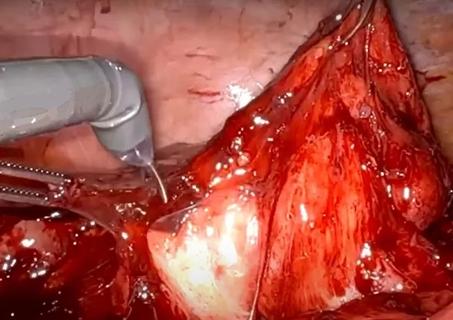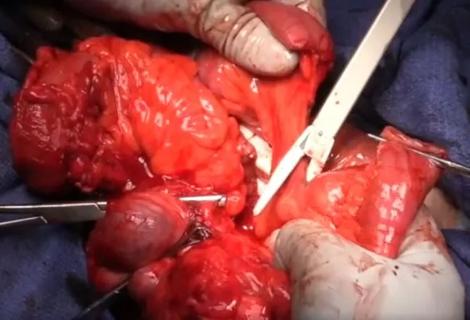Advertisement
Viewpoints from Steven Wexner, MD

Perineal wounds may be closed in either a primary fashion or primarily closed perineal wounds may be closed either without additional materials interposed or with mesh and/or muscles used to buttress the repair.
Advertisement
Cleveland Clinic is a non-profit academic medical center. Advertising on our site helps support our mission. We do not endorse non-Cleveland Clinic products or services. Policy
The most commonly used muscle is the rectus abdominus and the second most common might be the gluteus muscle. The gracilis muscle is also an option, although appears to be less frequently used.
We have published numerous studies in which we have used the gracilis muscle for the treatment of fecal incontinence (Mavrantonis et al), rectovaginal and rectourethral fistulas (Takano et al; Wexner et al) and perineal wounds (Takano et al).
Singh and colleagues from Boston recently described their experience with 40 patients assessed at a mean follow-up of two years following gracilis interposition for immediate reconstruction of perineal defects. There was no mortality in the group and there was a 12 percent incidence of donor site complications, a 40 percent incidence of recipient site complications, and an overall 25 percent incidence of minor complications. The overall incidence of major complications was 17.5 percent. Certain factors augured for higher morbidity rates, including tobacco smoking, a history of neoadjuvant chemo radiotherapy and obesity.
The authors concluded that gracilis interposition is a viable adjunct during primary wound perineal closure in patients thought to be at high risk for perineal complications.
The authors differ in their technique in that Figures 3 shows a very large incision along the entire length of the thigh, whereas in our prior publications and videos (Takano et al) show that the operation can be safely and successfully employed as a muscle flap using two 3- to-5 cm long incisions, one placed distally near the tendon and one placed proximally over the neurovascular pedicle.
Advertisement
Certainly, if a myocutaneous flap is to be harvested then a long thigh incision would be indicated. Otherwise, I believe that the reason for such a high rate of donor site complications is because of this extensive and, in my opinion, unnecessary thigh incision.
Advertisement
Advertisement

Technique is useful in patients with diffuse stricturing Crohn’s jejunoileitis

Lifesaving procedure, continued pregnancy and healthy delivery highlight program’s advancement

Robot-assisted technique provides an alternative to open surgery in a complex case

Cleveland Clinic team blends extended mesenteric excision and Kono-S anastomosis

Continued pregnancy and delivery are only the second successful outcome worldwide

FETO and twin-twin transfusion syndrome treatments are next

New procedure eliminates volvulus risk

Measuring outcomes becomes more granular with surgeon-entered data